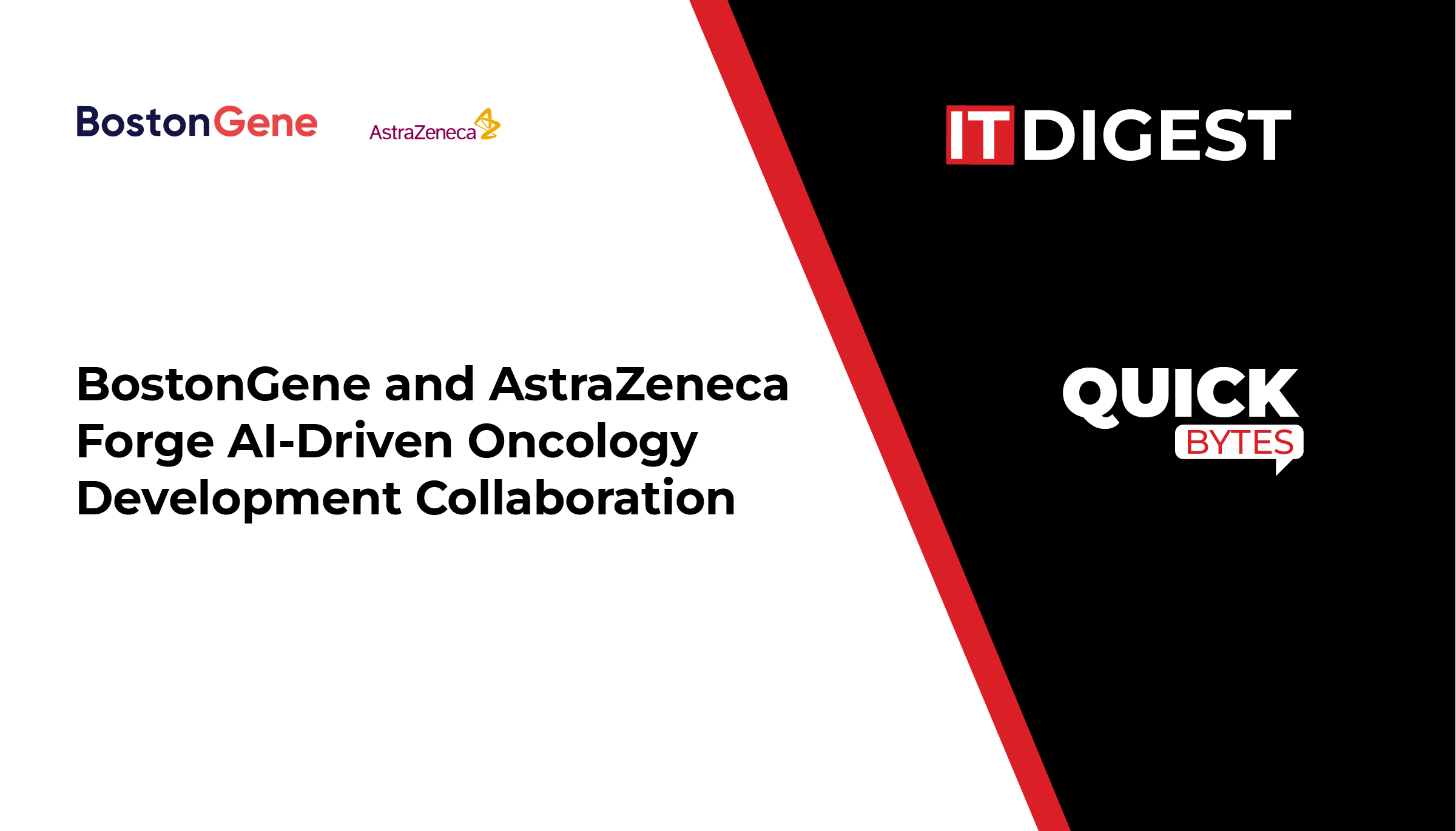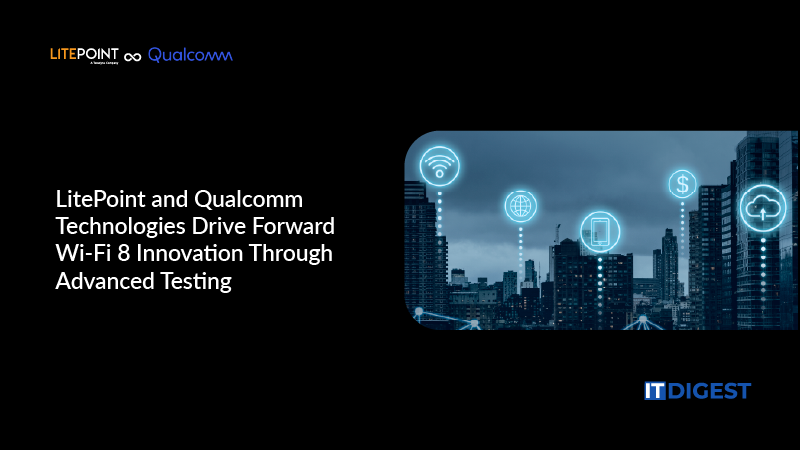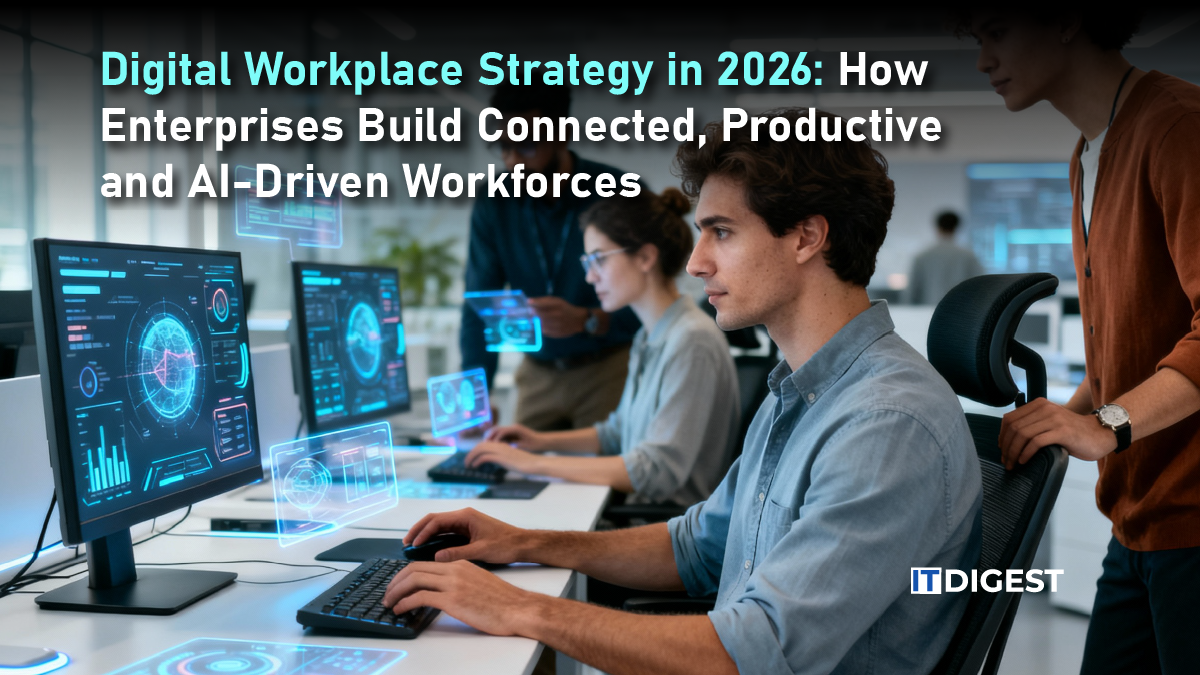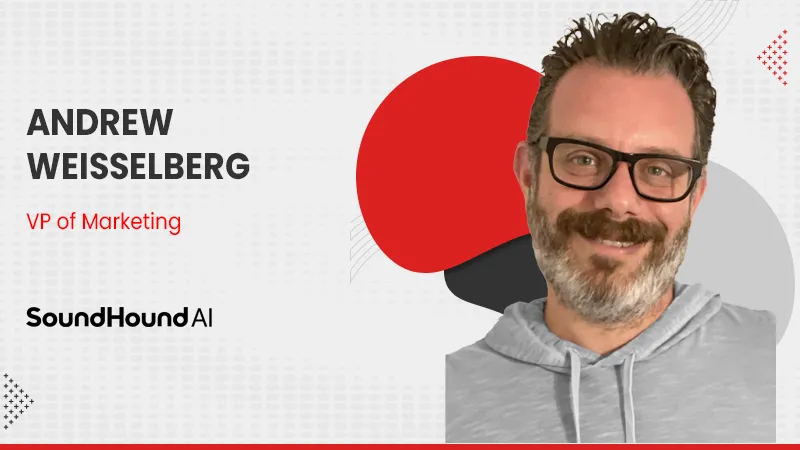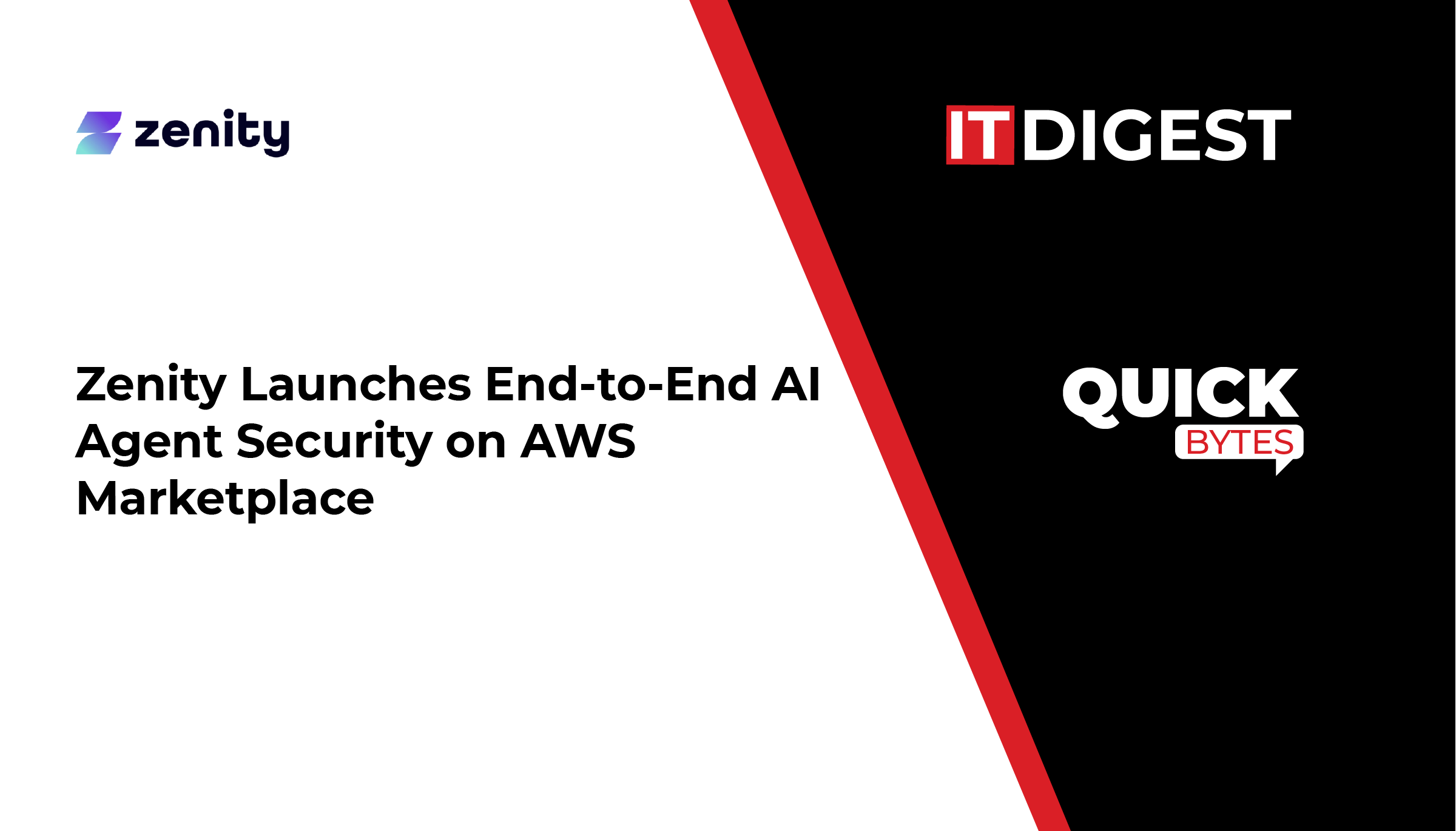Building the right marketing infrastructure means finding the right people and the right tools, and avoiding the wrong ones. In high-growth environments like startups, you often need to build this infrastructure from the ground up.
How has your extensive experience in various marketing and advertising roles, from your recent position as VP of Marketing at SoundHound AI to your earlier work at advertising agencies and startups shaped your approach to building marketing strategies and driving demand generation in the tech industry?
Throughout 25 years in marketing and advertising, from my current role as VP of Marketing at SoundHound AI to previous positions at agencies, and various startups, I’ve gained a deep understanding of brand, marketing, and demand generation strategies. Working closely with Fortune 500 companies at Ogilvy and McCann taught me strategy and creativity, but when I transitioned to working with startups, I quickly realized that approaches used by large corporations and brands don’t always work for smaller, hyper-scaling companies. I learned the importance of having a tiered approach, building a highly capable team working with finite resources, and prioritizing activities that deliver quicker impact.
At SoundHound AI, we applied this approach by focusing on priority verticals like restaurants, automotive, and customer service. Instead of immediately investing in overtly complex digital campaign management tools, third-party data, and account-based marketing platforms, we concentrated on creating high-quality content such as webinars, eBooks, and white papers. From there, we worked with trade media companies, essentially serving as a shortcut to reach hard to find B2B audiences, complemented with LinkedIn advertising where we can do account-based targeting without the need for expensive third party platforms. This approach allowed us to generate more than three times the number of leads we had the previous year.
The point is, when you’re building a demand generation capability from the ground up, don’t focus on fancy tools and building out an elaborate infrastructure before your company is ready for it. Instead, find the right partners who can provide access to the necessary data, leverage the out-of-box targeting power of core advertising platforms like LinkedIn, Google and Meta, and focus on creating high-quality content that is hyper focused on what’s relevant to your target audience. This will provide your demand generation a foundation to build-out more sophisticated capability over time.
Andrew, can you tell us about your professional background and your current role at SoundHound AI. Also tell us how does SoundHound AI differentiate itself from other companies in the same space?
When I started my career at ad agencies in New York City, I focused on marketing strategy, creative development, research, and analytics. Over time, I worked across every discipline within marketing including B2B, B2C, e-commerce, demand generation, content marketing, public relations, even branded entertainment. Transitioning into the startup and technology world, I moved into customer experience and worked closely with the engineering, product and sales teams to launch products and e-commerce businesses, becoming directly responsible for driving revenue. That was a big shift in accountability, as I became fully enmeshed in all commercial aspects of the business.
At SoundHound AI, I lead our marketing capability across multiple verticals including restaurants, automotive, IoT, and smart devices. My primary focus is demand generation and hyper-scaling new AI businesses while establishing our brand’s credibility and educating industries on the benefits AI can provide.
SoundHound AI differentiates itself through its deep AI expertise, evidenced by over 200 technology patents. We also know what works for consumers, having deployed speech technology across various different industries. Unlike other available options, SoundHound’s customer service technology is based on complete end-to-end AI, and is not a human-assisted system. That means it relies entirely upon intelligent automation to deliver a fast, accurate, scalable, and consistent service right across locations and channels (including kiosk, phone, and other devices).
Also Read: ITDigest’s Interview With Abdallah Abu-Sheikh, Founder at Astra Tech
How does SoundHound’s Independent Voice AI Platform utilize its advanced conversational AI technology to provide faster, more accurate, and highly customizable voice experiences?
At SoundHound, we believe speaking is the most natural way to interact with devices and services. Our independent voice AI platform – which has been developed over 20 years – is deployed across verticals including automotive, IoT devices, restaurants, and customer service to provide faster, more accurate voice experiences.
For automotive and device manufacturers, SoundHound provides fully-branded digital assistants for physical products like cars, TVs, and IoT devices. Our voice assistant offers seamless, conversational access to information and services from both real-time and generative AI domains to any device that carries even a small, inexpensive microphone. This helps manufacturers reinforce their brand and relationship with consumers, and even create opportunities for new revenue streams while maintaining control of critical customer data.
For the restaurant industry, our voice AI ordering technology revolutionizes customer service by enabling faster, more efficient, and personalized interactions. This addresses key industry challenges such as labor shortages, supply chain issues, and rising costs due to inflation. Our AI-powered solutions for phone and drive-thru ordering allow employees to focus on essential tasks, and also frees their burden from routine tasks to be able to provide more attentive service to dine-in customers. Additionally, our Employee Assist technology can deliver instant, hands-free answers to crucial questions via headsets or tablets – acting as a personalized coach to enhance employee training and efficiency. Ultimately, in a quick service restaurant setting, what many customers value most is getting their order quickly and accurately. Our AI enhances this experience, which has led to increasingly satisfied customers.
Wherever it is deployed, SoundHound’s advanced system uses patented voice AI that understands natural human speech, ensuring that customers never have to modify their language or interact awkwardly with the system. Our technology currently powers the voice experience in millions of products from leading global companies including Hyundai, Stellantis, White Castle, Snapchat, Jersey Mikes, VIZIO, KIA, and more. We have a total reach of over 2 billion consumers worldwide, and this year we had a run rate of over 4 billion queries.
How can businesses strike the right balance between the empathetic human touch and the efficiency of AI in call centers to enhance customer service, reduce employee burnout, and maintain cost-effectiveness?
Voice AI has made significant leaps and bounds in its capabilities over the past several years, but there is still a role for humans in business interactions. In this business, it is essential to strike the right balance between the empathetic human touch and the efficiency of AI to maintain the quality of customer experiences and satisfactions. This technology should be used to solve problems, such as handling routine inquiries that often burden employees. We want to create easy, natural interactions. But the technology should also provide options to transfer calls or take messages when needed, as some people still prefer to speak to humans.
Customer feedback is important in maintaining this balance, and it has been a critical asset for our marketing and sales teams here at SoundHound. That way, we can design products with the needs of our customers in mind.
How can businesses leverage advancements in Voice AI technology to enhance customer engagement and streamline operations, and what are the potential challenges and ethical considerations associated with its implementation?
Voice AI technology is now the best it has ever been, and this presents some great opportunities for businesses to enhance customer engagement and streamline operations. Voice assistants can automate routine tasks, offer faster, more efficient, and personalized service, train employees on the job, and provide increasingly meaningful, branded interactions. They can also drive profits and create new revenue streams through upselling and advertising.
However, as with any advanced technology, implementing voice AI comes with its own challenges and ethical considerations. With new developments in generative AI, many businesses think creating a customer experience is just a case of plugging into an API, but this isn’t the case – generative AI can be prone to hallucinations and other issues. But thanks to SoundHound’s long experience in the field of AI, we were able to build a proprietary approach that uses software engineering and machine learning to thoughtfully integrate this powerful new technology with our existing voice platform and help to manage these risks. We recommend that businesses work with a partner that has a true understanding of the technology, as well as the industry they operate in.
How do you stay updated with the latest developments and innovations in the marketing and advertising industry?
I learn on the job every day. In my current role, we touch every marketing discipline, building new capabilities, testing and learning against a multitude of channels, and frequently demoing and testing the latest marketing tools and platforms. So my day-to-day work is the primary way I stay on top. If there’s a particular topic I want to deep dive into, I typically go to YouTube where there’s tons of great content I wish was available to me earlier in my career. Continuous learning is a fundamental part of my job, and I expect I’ll never stop learning and growing.
What advice do you have for other leaders who are looking to drive growth for their brand?
For leaders looking to drive growth, it’s crucial to identify your goals and the capabilities needed to achieve them. Building the right marketing infrastructure means finding the right people and the right tools, and avoiding the wrong ones. In high-growth environments like startups, you often need to build this infrastructure from the ground up. Assess what kind of team you need – content marketers, performance marketers, digital strategists, etc. – and the tools required to support them. Once you have this capability in place, you can start investing on top of that to continue to drive strategies forward. Additionally, maintaining flexibility and agility in your marketing strategies is important to be able to adapt to new opportunities and priorities.
What is the biggest problem you or your team is solving this year?
The demand for AI products is incredible right now. One of the biggest challenges my team has faced this year is managing our marketing tactics against this period of high-demand. We sometimes need to reduce our marketing efforts to avoid overstretching our company’s capacity to meet customer demand. This requires opting for more flexible strategies and tactics to manage priorities effectively. Patience and discipline are also crucial. Being nimble and practicing agile marketing is essential to pivot quickly and accommodate fast-moving opportunities.
Is there anything that you’re currently reading, or any favorite books, that you’d recommend?
One of my favorite marketing books is “Positioning” by Al Ries and Jack Trout. Although it was published in the1970s, it remains one of the best and most enduring marketing strategies. It is a must-read for anyone in the industry.
Thanks Andrew!
Andrew Weisselberg is the VP of Marketing at SoundHound AI, bringing over 25 years of experience in the marketing and advertising industry. He began his career at top agencies Ogilvy & Mather, and McCann-Erickson, working with Fortune 500 brands including Coca-Cola, Verizon, and Citizens Bank. Transitioning to the startup world, Andrew held senior marketing roles at AI and Blockchain startups. At SoundHound AI, he leverages his extensive experience to drive growth and innovation.
As a leading innovator of conversational intelligence, we offer an independent voice AI platform that enables businesses across industries to deliver best-in-class conversational experiences to their customers. Built on proprietary Speech-to-Meaning® and Deep Meaning Understanding® technologies, SoundHound’s advanced voice AI platform provides exceptional speed and accuracy and enables humans to interact with products and services like they interact with each other—by speaking naturally. SoundHound is trusted by companies around the globe, including Hyundai, Mercedes-Benz, Pandora, Qualcomm, Netflix, Snap, Square, LG, VIZIO, KIA, and Stellantis.







